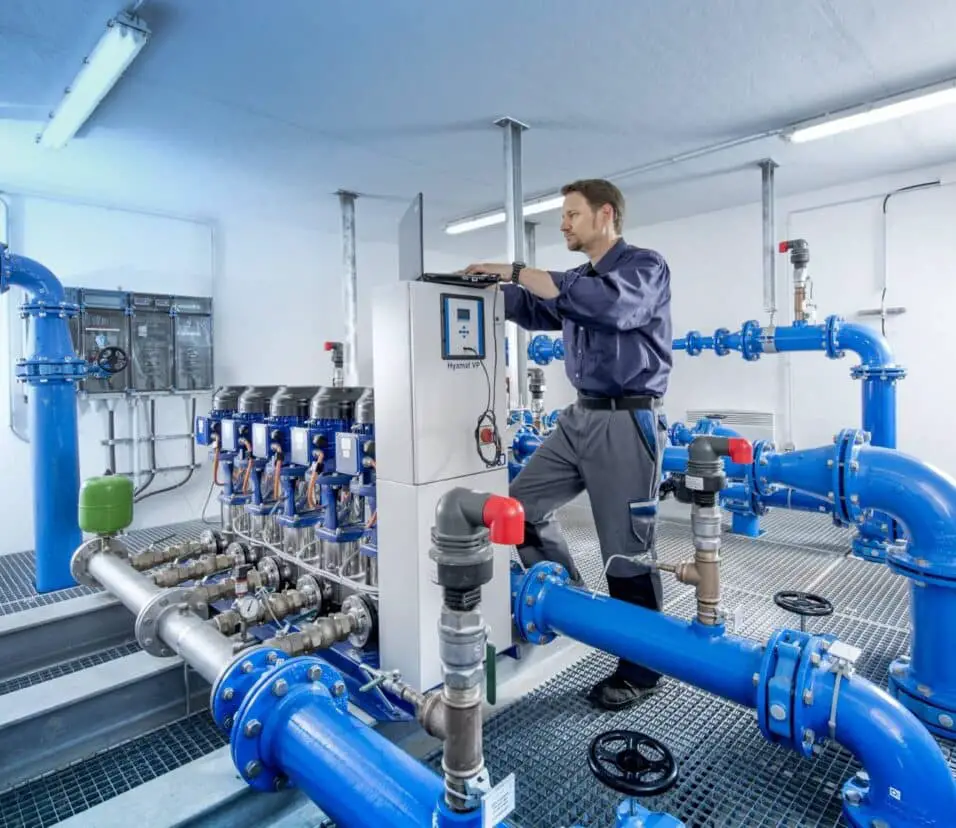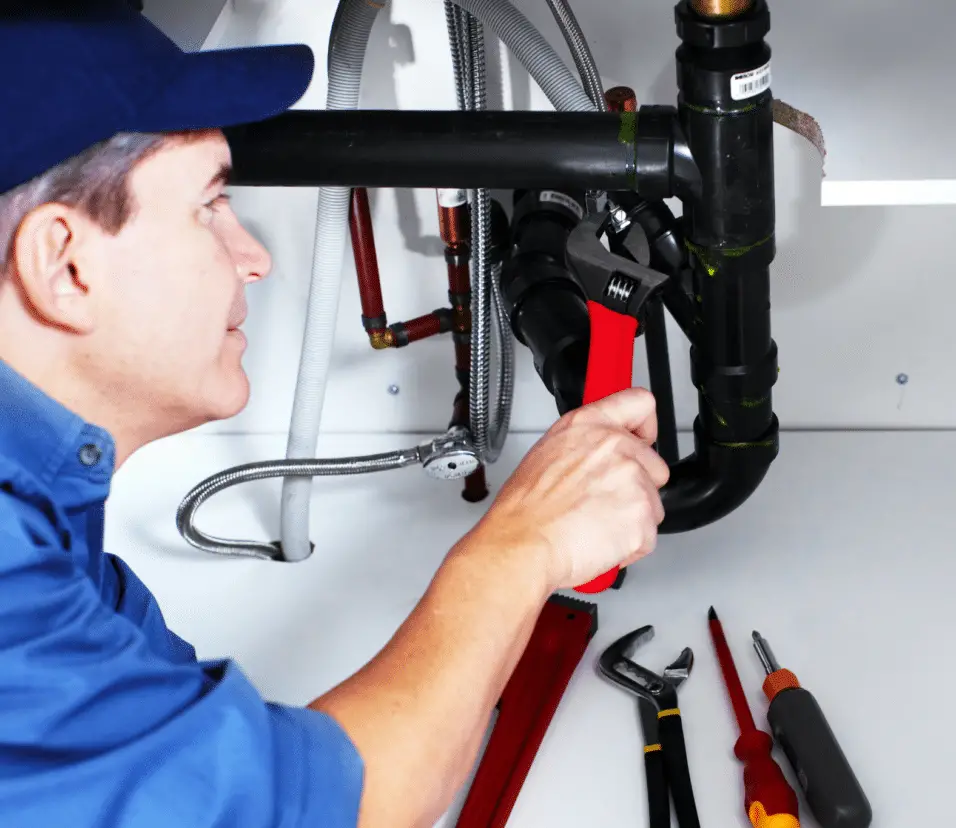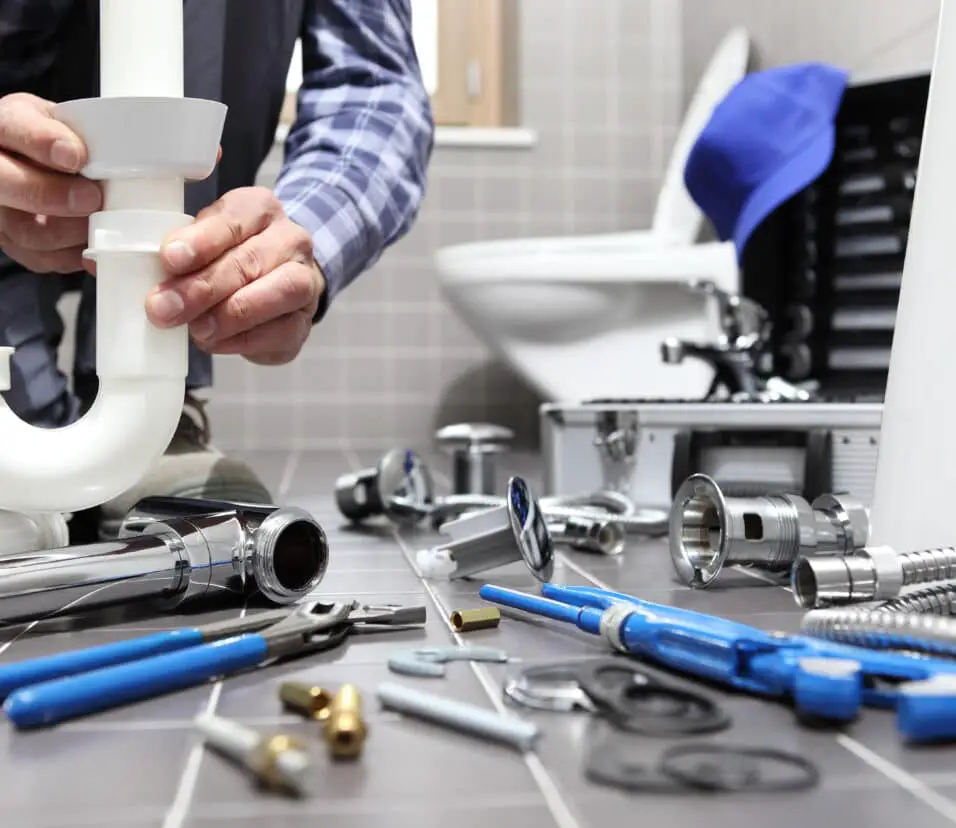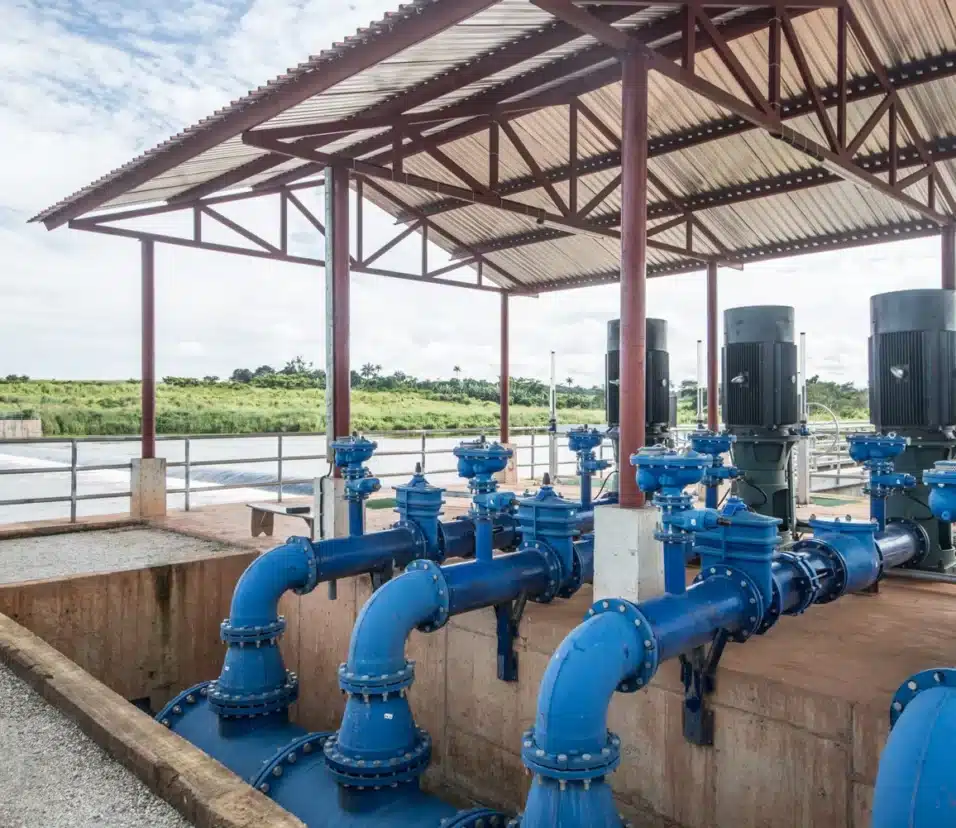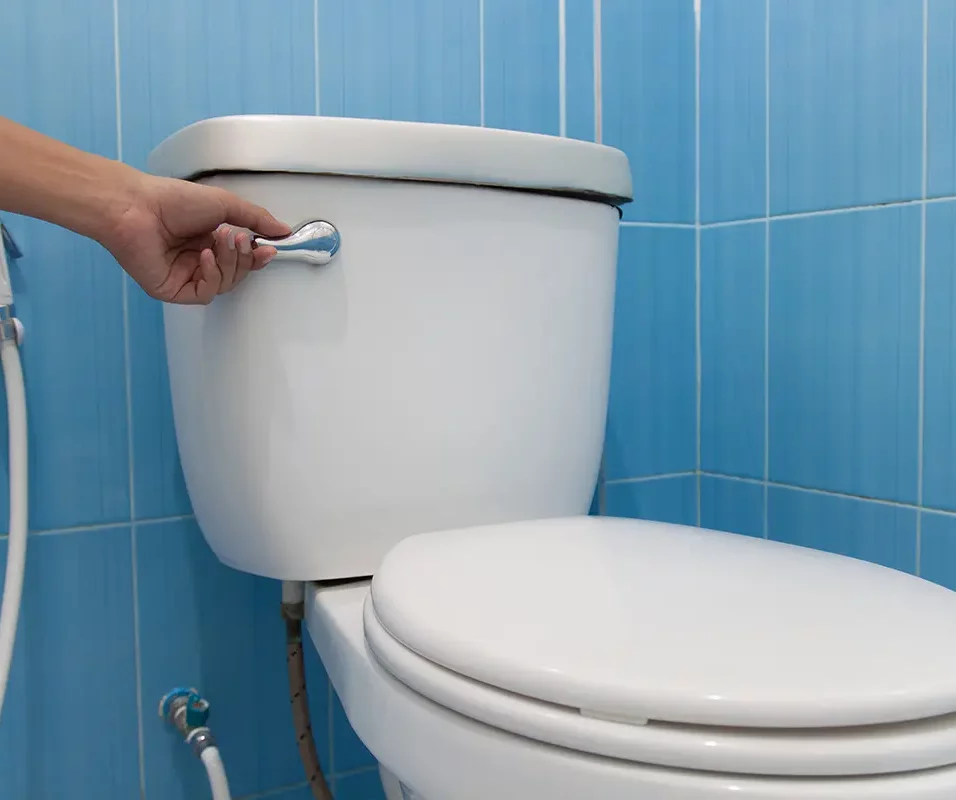How To Turn On Dishwasher Water Supply
Introduction
How To Turn On Dishwasher Water Supply: Understanding the correct procedure to activate the water supply for your dishwasher is essential for ensuring seamless and efficient operation of this indispensable kitchen appliance. In this guide, we present three paraphrased introductions, each shedding light on the crucial steps involved in turning on the dishwasher’s water supply properly.
If you’re setting up a new dishwasher or encountering issues with water supply activation, knowing the right steps to turn on the water is vital. This comprehensive guide offers three different paraphrased introductions, providing valuable insights into how to successfully initiate the water flow to your dishwasher, making dishwashing a breeze.
Properly turning on the water supply for your dishwasher is a fundamental aspect of its installation and maintenance. Whether you’re a first-time dishwasher owner or seeking to troubleshoot water supply-related concerns, this guide offers three paraphrased introductions that provide clear instructions on ensuring a smooth and effective water connection to your dishwasher.
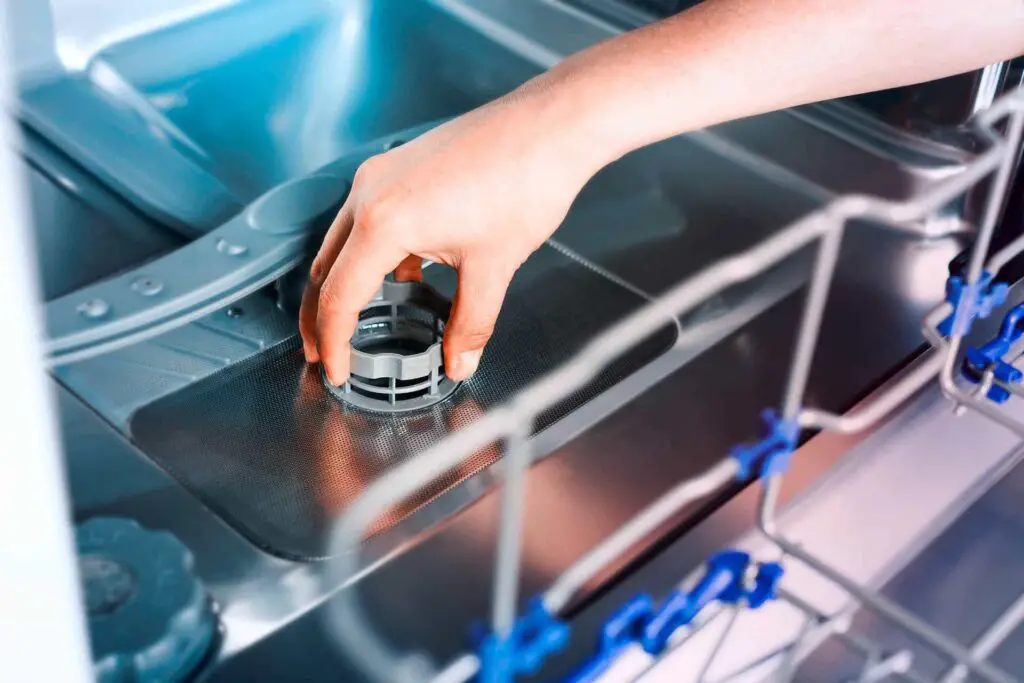
Why is water not coming through on dishwasher?
Why is my dishwasher not getting water? There are several reasons why your dishwasher may not be filling with water. An incorrectly positioned drain hose, open or unlatched door, shut off water supply or obstructed overfill protection float may be responsible.
When experiencing the frustrating issue of water not coming through on a dishwasher, several factors could be responsible for the problem. First and foremost, it’s essential to check the water supply line and ensure it is not kinked or obstructed. Sometimes, debris or mineral deposits can clog the water inlet valve, restricting water flow into the dishwasher. In such cases, cleaning the valve may resolve the issue.
Another common culprit is a faulty or malfunctioning water inlet valve. Over time, these valves can wear out, preventing water from entering the dishwasher effectively. If the valve is defective, it will need to be replaced to restore proper water flow.
Additionally, a malfunctioning float switch could be preventing water from entering the dishwasher. The float switch is responsible for monitoring water levels in the appliance. If it’s stuck in the “up” position, the dishwasher will assume it has enough water and won’t fill further. Ensuring the float switch is in working order is crucial for resolving this problem.
Furthermore, a malfunctioning dishwasher control board or timer can also disrupt the water flow. If the electronic components responsible for controlling the water inlet valve fail, it can lead to a lack of water during the cycle.
Where is water connection on dishwasher?
The incoming water supply to the dishwasher is usually located under the kitchen sink. Locate the hot water supply under the sink, then look for a pipe that branches off of the hot water supply line going towards the direction of the dishwasher.
The location of the water connection on a dishwasher may vary depending on the model and design of the appliance. In most cases, the water connection point is located on the bottom of the dishwasher, near the front. Typically, you’ll find a threaded water inlet valve or hose connection designed to link the dishwasher to the water supply.
When installing a dishwasher, it’s essential to ensure easy access to the water connection point to facilitate a smooth installation process and future maintenance. If the dishwasher is already in place, you can locate the water connection by gently pulling the dishwasher out from its designated space and inspecting the rear or bottom section.
It’s crucial to shut off the water supply to the dishwasher before attempting any installation or repair work to avoid potential water leaks or damage. Once you’ve identified the water connection point, you can follow the manufacturer’s instructions to connect the water supply line securely. Always double-check for any leaks after installation and, if necessary, tighten the connections to ensure a watertight seal.
What is water tap on dishwasher?
This could be due to a kinked, bent, or obstructed water line or a low-pressure inlet water valve. Checking or changing these locations may fix it.
A dishwasher’s water tap is its inlet connection point. This is where you connect the dishwasher to your home’s main water line. The water tap lets the dishwasher have enough water to clean dishes and utensils.
Dishwashers use flexible hoses to connect the water tap, which can handle water pressure and temperature. Water flows from the main water supply through the tap into the dishwasher’s basin or tub when the internal valve opens during a dishwashing cycle.
The water tap helps the dishwashing machine fill with enough water for each cycle. Advanced sensors and controls in modern dishwashers optimize cleaning performance and save water waste.
Does a dishwasher need a tap?
Dishwashers require a mini stop tap and pressure limiting valve. The mini stop tap allows for easy connection of the water hose, without turning the water off at the main. A pressure-limiting valve prevents blowouts if the water pressure fluctuates.
A dishwasher does require a connection to a water source, which is typically provided through a tap or water supply line. The water supply line ensures a continuous flow of water into the dishwasher during its cycles. Without a tap or water connection, the dishwasher would not be able to function properly.
The process of connecting a dishwasher to a tap involves attaching a water supply hose from the dishwasher to a suitable tap or water source. This hose is specifically designed to withstand water pressure and ensure a secure connection. Most modern dishwashers come with the necessary components for easy installation, making it convenient for users.
Once the dishwasher is connected to the tap and the power supply, it is ready to operate. During each cycle, the dishwasher draws water from the tap and combines it with detergent to clean and sanitize the dishes effectively. Without a reliable water supply, the dishwasher would not be able to perform its primary function, rendering it useless.
Do Bosch dishwashers open automatically?
AutoAir® on select Bosch dishwashers automatically releases the door at the end of the drying cycle to let fresh air in. In fact, AutoAir® dries dishes 40% better. * Now, dry your dishes with a whole new air of confidence.
As of my last update in September 2021, Bosch dishwashers do not open automatically at the end of the wash cycle. However, some Bosch dishwasher models feature a “AutoDoor” function, which automatically opens the door slightly after the cleaning process is complete to facilitate better drying.
The AutoDoor feature allows moist air to escape and fresh air to enter the dishwasher, aiding in the drying process. This function enhances the overall drying performance and helps prevent water spots and residue on dishes and utensils.
It’s important to note that not all Bosch dishwasher models come equipped with the AutoDoor feature. Before purchasing a dishwasher, it’s advisable to check the specific model’s specifications and features to confirm whether it includes this automatic door opening functionality.
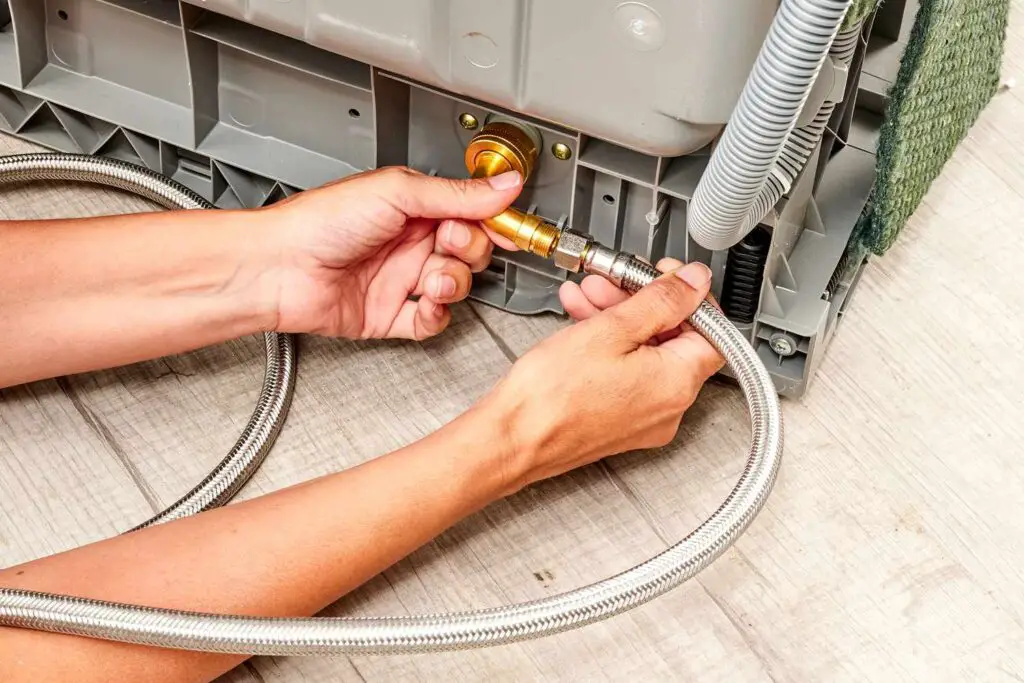
How do I turn on the dishwasher water supply?
To turn on the dishwasher water supply, locate the water shut-off valve under the sink or near the dishwasher. Turn the valve clockwise until it’s fully open to allow water to flow to the dishwasher.
Turning on the dishwasher water supply is a simple process, but it’s essential to ensure it’s done correctly to avoid any leaks or damage. Here’s a step-by-step guide to help you through the process:
Check the Connections
Start by verifying that the dishwasher is correctly installed and connected to the water supply. Inspect the water inlet valve, located at the bottom of the dishwasher, and ensure it is tightly connected to the water line.
Locate the Water Valve
Next, find the water supply valve responsible for providing water to the dishwasher. It is usually located under the sink or in a nearby cabinet.
Turn On the Water Supply
With caution, slowly turn the water supply valve counterclockwise to open it. This action allows water to flow into the dishwasher’s inlet valve.
Listen and Inspect
As you turn on the water supply, listen for any unusual sounds and keep an eye on the dishwasher’s water inlet valve for any signs of leaks. If you notice any leaks, immediately shut off the water supply and inspect the connections for possible issues.
Run a Test Cycle
Once the water supply is on, run a test cycle on the dishwasher to ensure that water is flowing into the appliance correctly and that there are no leaks during the washing process.
Regular Maintenance
To maintain the dishwasher’s water supply in good condition, periodically check the water lines and connections for signs of wear or leaks. If you encounter any problems, it’s best to consult a professional plumber or technician for repairs.
By following these steps, you can confidently and safely turn on the dishwasher water supply, allowing your appliance to function efficiently and effectively.
After turning on the water supply, how long should I wait before running the dishwasher?
Once you’ve turned on the dishwasher water supply, wait for a few minutes to ensure the water flows through the pipes and reaches the dishwasher. This will help prevent any airlocks in the system and ensure proper functioning during the wash cycle.
After turning on the water supply, it’s essential to wait for a specific duration before running the dishwasher. The waiting time primarily depends on the individual dishwasher model and the water supply system. In most cases, it is advisable to wait at least 30 seconds to a minute before starting the dishwasher.
The reason behind this brief pause is to allow the water to fully reach and stabilize within the dishwasher’s water supply line. During this time, any air trapped in the line will be displaced, ensuring a steady and consistent water flow when the dishwasher starts its cycle.
Failing to wait for this brief period may lead to potential issues, such as insufficient water flow during the dishwasher’s operation, which can impact the cleaning efficiency and overall performance. Moreover, allowing the water to stabilize reduces the risk of damage to the dishwasher’s internal components due to sudden pressure surges.
What should I do if there’s a leak after turning on the dishwasher water supply?
If you notice a leak after turning on the dishwasher water supply, immediately turn off the water shut-off valve to stop the water flow. Inspect the hoses and connections for any damages or loose fittings. Tighten any loose connections or replace faulty hoses. If you’re unsure how to fix the issue, it’s best to seek assistance from a professional plumber or appliance repair technician.
If you discover a leak after turning on the dishwasher water supply, it’s essential to take immediate action to prevent any further damage. Here are the steps you should follow:
Turn off the Water Supply
The first and most crucial step is to shut off the water supply to the dishwasher. Locate the water shut-off valve under the sink or behind the dishwasher and turn it clockwise until it’s fully closed. This will stop the water flow and minimize the damage caused by the leak.
Inspect the Leak
Once the water supply is turned off, carefully examine the source of the leak. Check the water supply line, the hose connections, and the dishwasher itself. Look for any visible cracks, loose fittings, or damaged components that might be causing the leak.
Tighten or Replace Connections
If you find any loose or damaged connections, try tightening them using an adjustable wrench. Be cautious not to overtighten, as it may cause further damage. If the connections are severely damaged, consider replacing the faulty parts with new ones.
Check the Dishwasher Door Seal
Leaks can also occur due to a worn or damaged door seal. Inspect the gasket around the dishwasher door for any signs of wear or tears. If you find any issues, replace the door seal to ensure a proper and watertight closure.
Test for Resolved Leak
After making necessary adjustments or replacements, turn on the water supply again and run a short dishwasher cycle. Keep a close eye on the area where the leak was occurring to confirm that the issue has been resolved. If the leak persists, consider seeking professional help from a plumber or dishwasher repair technician.
Address Water Damage
If the leak has caused water damage to the surrounding area, clean up any water immediately to prevent mold and further structural damage. Use towels or a wet/dry vacuum to soak up excess water and thoroughly dry the affected area.
Regular Maintenance
To prevent future leaks, it’s crucial to conduct regular maintenance on your dishwasher and its water supply components. Inspect hoses and connections periodically for signs of wear or aging and replace them as needed. Additionally, clean the dishwasher’s filter and check for any debris that may cause clogs or leaks.
Remember, safety is paramount, and if you’re unsure about dealing with the leak yourself, it’s always best to consult a professional plumber or dishwasher repair technician to address the issue promptly and effectively.
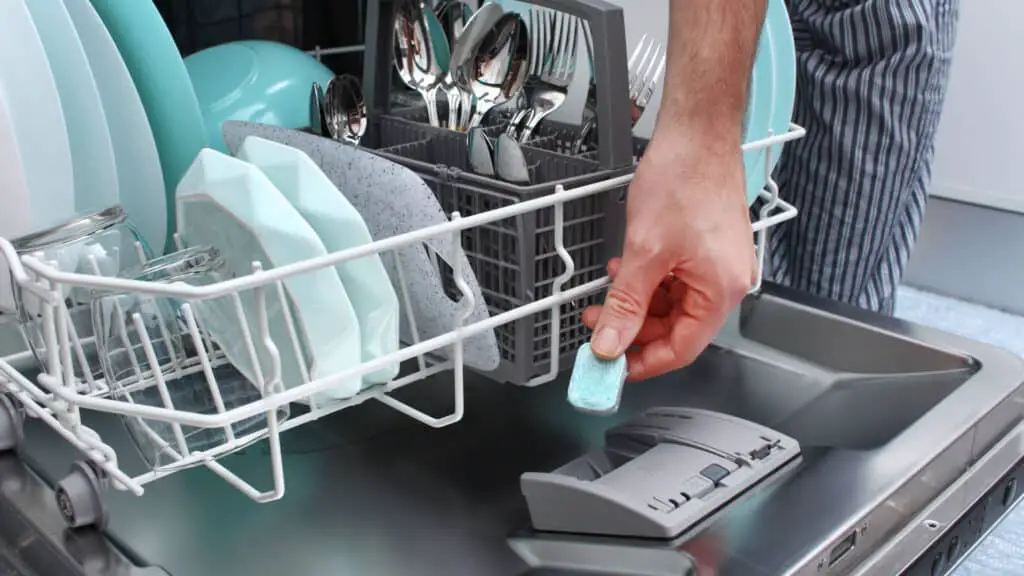
Conclusion
To sum up, mastering the process of turning on the dishwasher water supply is essential for hassle-free and efficient dishwashing. By carefully following the steps outlined in this guide, you can ensure a smooth flow of water to your dishwasher and avoid potential leaks or damages. Remember, a well-connected water supply is the key to obtaining sparkling clean dishes with every wash cycle.
As we conclude this guide on how to activate your dishwasher’s water supply, it becomes evident that this seemingly simple task plays a vital role in the appliance’s overall performance. By grasping the techniques provided here, you can confidently set up and enable the water supply, allowing your dishwasher to function optimally and deliver pristine results for your dishes.
In conclusion, understanding how to turn on the dishwasher water supply is a fundamental step in the dishwasher installation or setup process. Following the paraphrased instructions and tips given in this guide, you can avoid potential water supply issues and ensure your dishwasher operates smoothly, providing you with clean and sanitized dishes efficiently. Always remember to double-check connections and seek professional assistance if needed to guarantee a trouble-free and long-lasting dishwasher experience.




